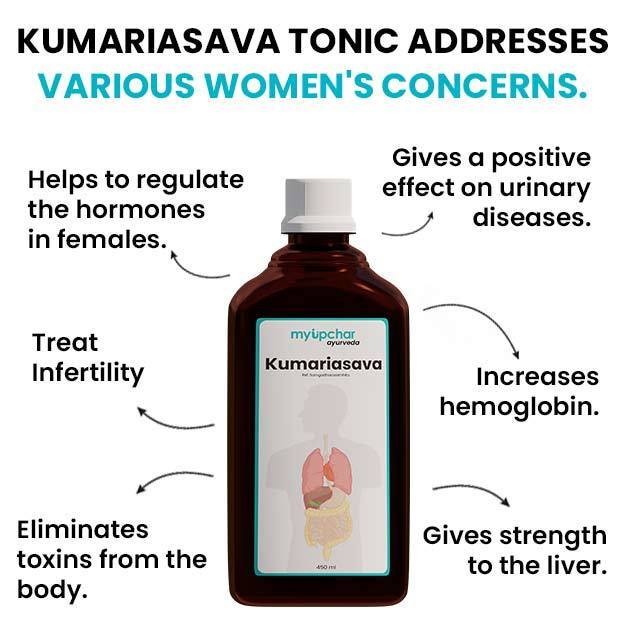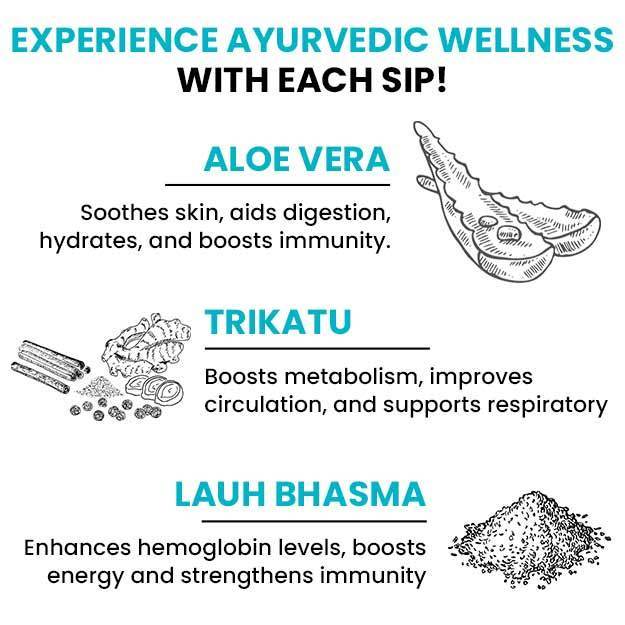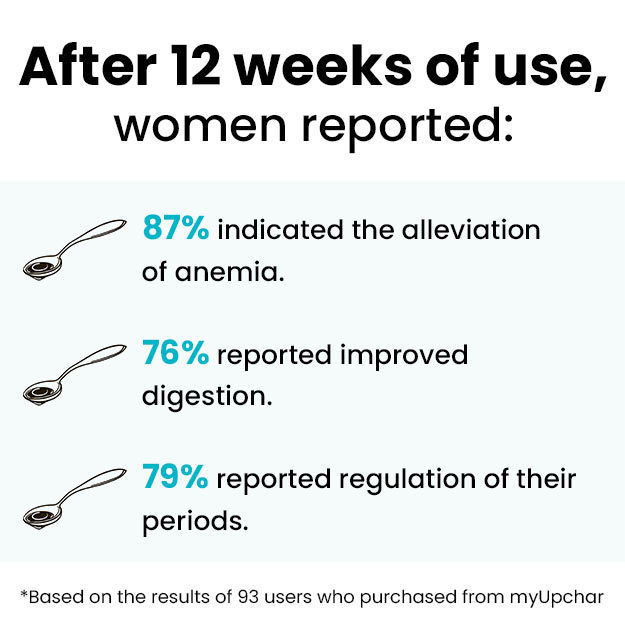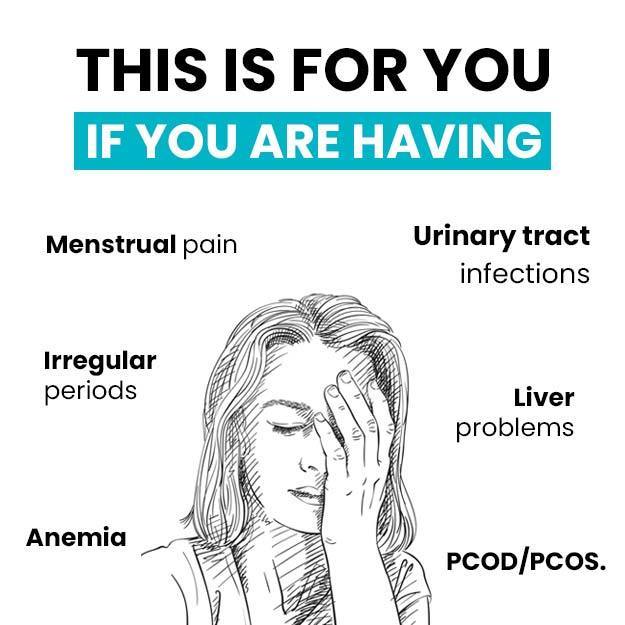What is Arsenic Urine test?
Arsenic is a toxic element naturally found in water and soil. Some amount of arsenic is also found in seafood. It can enter our body through the food chain and affect multiple organ systems, causing cancers, skin diseases, cardiovascular disorders and neurological conditions. Arsenic is also present in insecticides, pesticides, certain metal alloys and wood preservatives. In mining areas, it is present in high amount in the air and enters the lungs as arsenic dust.
There are two types of arsenic – organic arsenic and inorganic arsenic.
Organic arsenic is non-toxic and readily eliminated in urine. Inorganic arsenic can be toxic; however, it gets metabolised to its methylated form in the body, which is less toxic. In case of long term exposure to arsenic or chronic arsenic poisoning, these metabolites, along with some unchanged inorganic arsenic, are constantly eliminated in the urine.
An arsenic urine test is done to check for chronic arsenic poisoning. It determines the amount of arsenic eliminated in the urine as inorganic, organic and methylated arsenic.

































